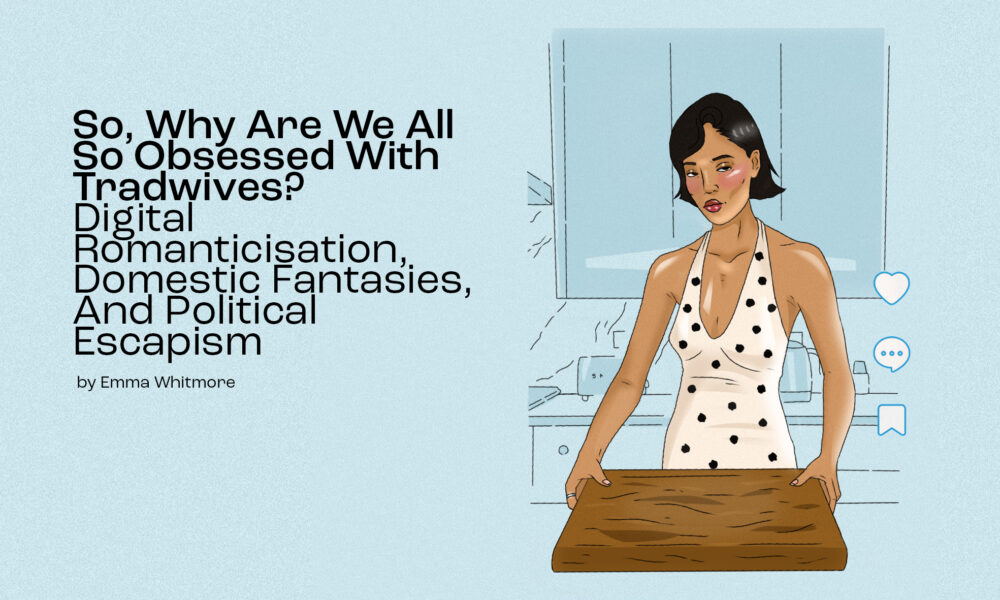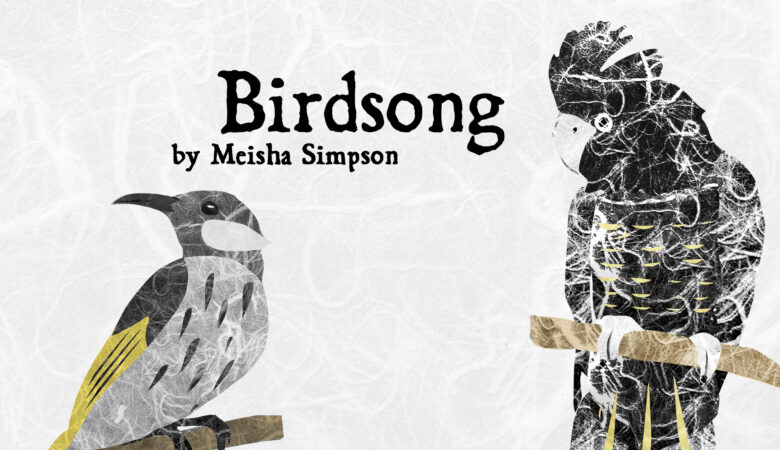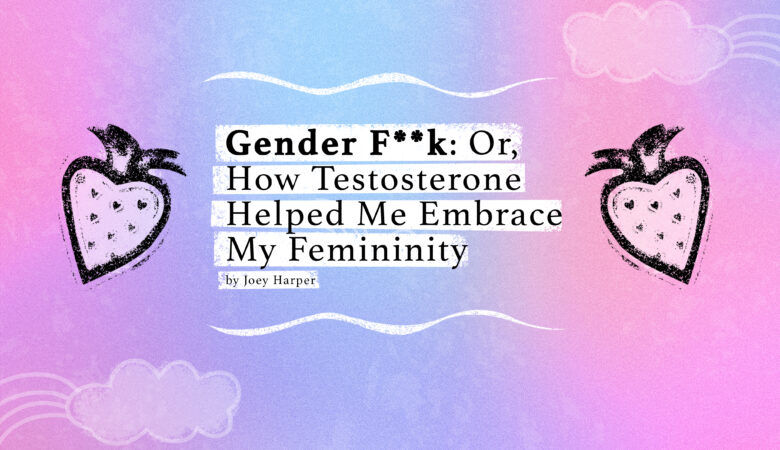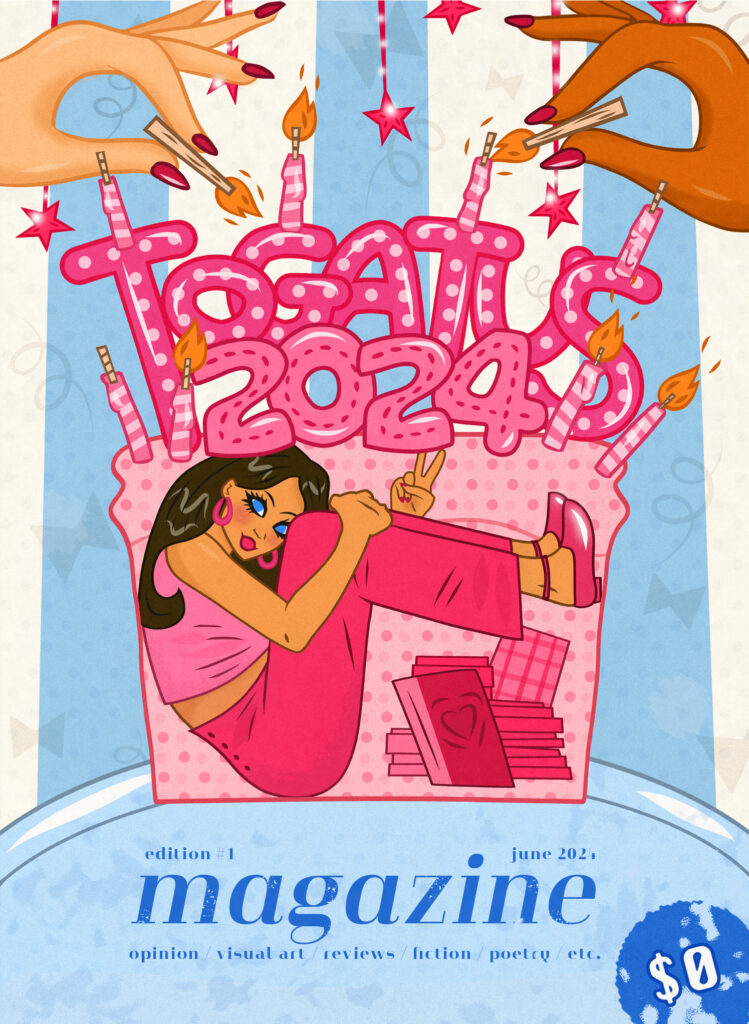Flowing white dresses. Impeccable hair and makeup. Arrays of home-made baked goods. This year, the phenomenon of the “tradwife” has blown up on social media. These videos of carefully made-up women gracefully performing domestic tasks have sparked heated debate both online and off. Viewed as entirely harmless by some and as evidence of the erosion of women’s rights by others, tradwife creators have been a truly polarising force. This is especially interesting considering the personal risk and political implication of subscribing to such ultra-traditionalist values. Whether viewed as a domestic dream or a domestic cage, it’s worth questioning: what is it about these videos that’s got us so enthralled?
What even is a tradwife?
A tradwife, or traditional wife, is a married woman who adheres to conservative patriarchal gender roles. This relegates home-making, child-rearing, and domestic jobs to the wife, while the husband fulfils the role of financial bread-winner. Often confused with simply being a stay-at-home mum, the two terms are not interchangeable. While a woman may be a stay-at-home mum for any number of practical or personal reasons, being a tradwife is uniquely marked by a belief in ultra-traditional gender values. Strongly reminiscent of the principles held by stereotypical 1950s housewives, a tradwife views herself as secondary to her husband, working to support him and his children. As self-professed tradwife influencer @esteecwilliams claims, “tradwives believe that they should submit to their husbands and serve their husbands and family”.
It’s worth noting that there is a distinctive, air-brushed aesthetic that is associated with how tradwives present themselves online. Whimsical, flowy cottagecore dresses often feature, hailing to bucolic fantasies of baking bread and frolicing in meadows. Even more significant is the docile, gentle demeanour of the tradwife herself. In these videos, the woman in question has a perpetually pleasant air, using soft-spoken voiceovers as she completes domestic tasks with ease. Her house is always spotless, her kids are always sweet, and she executes elaborate recipes effortlessly. An example of these characteristics can be found in tradwife creator @NaraSmith’s viral social media videos, where she shows herself cooking ridiculously time-consuming meals for her husband and kids, all while in luxurious (and somehow never dirtied) domestic outfits. Notably, this image of 1950s domestic cheer is encouraged within Mormonism and other Christian fundamentalist faiths, which many (but not all) online tradwives assert affiliation with. And yet, the unglamorous parts of being solely responsible for domestic tasks—endless washing and cleaning, nappy changes, and messy tantrums—are pretty much entirely omitted from tradwife content. In this way, the domestic sphere is endlessly romanticised as an enjoyable, natural place for women. This contrasts with the reality of dissatisfaction, ennui, and overwhelm that many stay-at-home mums describe. The notoriety of housewife tranquiliser addictions in the 50s should be evidence enough that full-time homemaking isn’t always the idyllic dream that curated videos crack it up to be.
What most tradwife creators also fail to mention is the precariousness of being completely financially dependent on one’s partner. Subscribing to ultra-traditional gender roles places a lot of power and agency into the hands of a financially-responsible husband. This financial disparity creates an inherently unequal power dynamic, which, if leveraged, can render the non-earning wife extremely vulnerable. If a marriage sours, a tradwife will often be lacking the financial means to safely leave her husband, with a career resume gap that may make it difficult to enter, or re-enter, the workforce. The ramification is that tradwives are essentially indebted to the decency of their husband’s character, as he holds huge power in the relationship. This is a significant risk, and one that is rarely mentioned amidst the TikToks of smiling women sewing aprons and baking pies in evening gowns.
So, why do these videos have a choke-hold on our attention?
Part of the social fascination with tradwives can be attributed to the foreignness of their lifestyle and values for most modern individuals. After decades of feminist progress, most citizens in Western countries don’t actively subscribe to gender roles anymore. As a result, these videos of women endorsing ultra-traditional gender values are both jarring and highly-bingeable to watch. The intriguing unconventionality of tradwife influencers is only emphasised by the nostalgic presentation of the tradwives themselves, who are usually dressed in distinctly 1950s or colonial homesteading clothing, adding to the novelty of their videos. Just as many enjoy indulging in Keeping up with the Kardashians, or Real Housewives, tradwife social media content presents a captivating portal into lives and lifestyles that feel worlds away from our own.
The financial unattainability of a modern tradwife lifestyle also contributes to the strange allure of these women’s videos. Most, if not all, of the tradwife content that has become viral this year involves implicit and ostentatious displays of domestic wealth. Typical hallmarks include ornate
jewellery, expensive house dresses, and backdrops of stylishly curated, boho kitchens. This unrealistic financial status has become an assumed element of being a tradwife. For instance, popular influencer and mother to eight, @ballerinafarm, posts idyllic videos of her homesteading life on a ranch in Utah, a lifestyle made financially attainable by her husband’s high-brow position as the founder of a leading American airline. In this sense, part of the tradwife fantasy is the invocation of endless leisure time and an utter lack of financial stress—privileges which are a far cry from the reality of most single-income households. In an economic climate where many are struggling to keep up with cost of living pressures, most two-parent households rely on a dual income to get by. This is reflected by 2023 ABS statistics, which state that 76.4% of two-parent households with dependents under 15 have mothers employed in the labour force. The enviable class inflections of online tradwives are part of what makes these women’s videos so captivating amidst a broader cultural zeitgeist of financial anxiety.
The recent popularity of tradwife content seemingly also correlates with a growing number of women becoming fatigued by the expectations of neoliberal “girlboss” feminism. This feminist discourse prevailed throughout the past several decades, promising equality for women who put in the hours and time to “hustle” their way up in the corporate world. While preaching progress through individualism, ambition, and hyper-productivity, this ideology largely fails to address the broader systemic injustices that advantage men in professional settings. The sentiment that women just need to “hustle harder” within male-favouring systems has been a remarkable catalyst for female burnout, stress, and fatigue in recent years. This is especially true considering that most women juggle the burden of unpaid domestic labour and child-rearing in addition to their professional employment within male-privileging markets.
An exhaustion with the unattainable tenants of “girlboss” feminism contributed to the rise of the ‘I don’t dream of labour’ sentiment that spread across the internet in 2022. By recognising the disillusionment that so many women have been feeling with work/life barriers, the sudden popularity of curated tradwife videos can be understood. For women who feel overworked and stagnant within a patriarchal capitalist system, a life of sourdough starters, crafting, and family time figures as a sort of alluring, escapist fantasy—at least on its surface.
However, while online tradwives promise a lifestyle more “palatable” for women, a reversion to traditional gendered duties carries undeniably serious consequences for the place of women in the public sphere. For truly equal societies, where women feel and are safe, autonomous, and respected, it’s important to have female voices, input, and influence across all industries and levels of government. Thus, rather than the exhaustion of “girlboss” hustling, or the alternate extreme of women retreating from the labour market altogether, we should push for systemic industry reforms that better accommodate the needs of working women. This doesn’t discount the fact that each woman is entitled to live by her own values, and find fulfilment in whichever lifestyle she chooses. Rather, it acknowledges that greater efforts need to be made to reduce workplace barriers for women, so that an equitable professional place is attainable, enjoyable, and sustainable for any gender.
The tradwife craze of 2024 has revealed more than ever that where we award our attention—and why—carries personal and political value. As is expected on social media, the content posted by tradwives is a highlight reel, presenting only the most attractive elements of what is otherwise an ultra-conservative lifestyle. So while tradwife videos can undeniably be enjoyed for the perspective and entertainment they provide, they should also be viewed with a high level of critical thinking. Ultimately, the nostalgic digital fantasy of tradwives is just that—a fantasy.
Resources:
https://www.parents.com/tradwife-meaning-and-why-its-controversial-8656603
https://www.womenshealthmag.com/relationships/a36958388/hypergamy-definition/#
https://www.youtube.com/watch?v=RNAV84c1168
https://www.abs.gov.au/statistics/people/people-and-communities/gender-indicators
https://www.thewomens.network/blog/the-irony-of-girlboss-feminism
https://aifs.gov.au/research/facts-and-figures/employment-men-and-women-across-life-course








